American dancer and choreographer Merce Cunningham is a groundbreaking figure in modern dance. He was born in Centralia, Washington state, on April 16, 1919. He started dancing when he was twelve. In the late 1930s he studied at the Cornish School in Seattle, where he met the musician John Cage, with whom he began a professional and personal relationship that lasted for 50 years. Between 1938 and 1945 Cunningham worked as a solo dancer for the Martha Graham dance company in New York. There, he began to develop his own experimental and abstract style. 1942 marked his debut as a choreographer: in I Believe in US and Totem Ancestor, his dance was accompanied by John Cage’s conceptual music. The music and the dance were conceived separately. The two artists worked independently, bringing their work together only for the debut. Cunningham was not interested in telling stories or expressing emotions linked to psychological introspection. For him, dance was an end in and of itself, bound to an infinite variety of movements.
He created dance composed of positions and forms that were not always fluid, often robotic, and at times almost immobile. In 1952, Cunningham took up residency at Black Mountain College, an institution that promotes the arts. There, Cunningham instigated the art world’s first-ever “happening.” Cunningham, Cage, the poet Charles Olson, the musician David Tudor, the painter Robert Rauschenberg, and others all worked together to create a multimedia performance that included audience participation. [Theater Piece] He founded the Merce Cunningham Dance Company at Black Mountain in 1953. Artists including Robert Rauschenberg, Jasper Johns, Frank Stella, Andy Warhol, and Roy Lichtenstein designed sets for the company. Starting with Suite By Chance, [1953] Cunningham began to choreograph his sequences randomly, establishing dance sequences and step lengths by flipping I Ching coins, a Chinese technique for divining fortune. In 1965, he choreographed Variations V, in which the dancers moved amid videos projected on screens. Cage included amplified radio noises and camera flashes in the score for the performance. It was Cunningham’s first video dance, a new genre that would lead him to collaborate with numerous filmmakers and video artists. After 1991, Cunningham began using software for three-dimensional programming called DanceForm, which allowed a thorough understanding of movements and the relationships between the body and space.
He created dance composed of positions and forms that were not always fluid, often robotic, and at times almost immobile. In 1952, Cunningham took up residency at Black Mountain College, an institution that promotes the arts. There, Cunningham instigated the art world’s first-ever “happening.” Cunningham, Cage, the poet Charles Olson, the musician David Tudor, the painter Robert Rauschenberg, and others all worked together to create a multimedia performance that included audience participation. [Theater Piece] He founded the Merce Cunningham Dance Company at Black Mountain in 1953. Artists including Robert Rauschenberg, Jasper Johns, Frank Stella, Andy Warhol, and Roy Lichtenstein designed sets for the company. Starting with Suite By Chance, [1953] Cunningham began to choreograph his sequences randomly, establishing dance sequences and step lengths by flipping I Ching coins, a Chinese technique for divining fortune. In 1965, he choreographed Variations V, in which the dancers moved amid videos projected on screens. Cage included amplified radio noises and camera flashes in the score for the performance. It was Cunningham’s first video dance, a new genre that would lead him to collaborate with numerous filmmakers and video artists. After 1991, Cunningham began using software for three-dimensional programming called DanceForm, which allowed a thorough understanding of movements and the relationships between the body and space.
RELATED
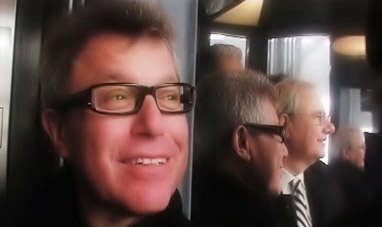

DANIEL LIBESKIND
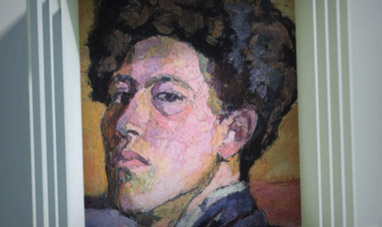

ALBERTO GIACOMETTI
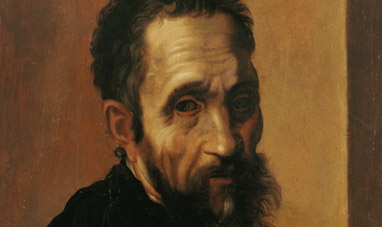

MICHELANGELO BUONARROTI
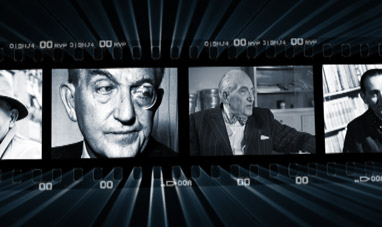

FRITZ LANG


ADOLF LOOS
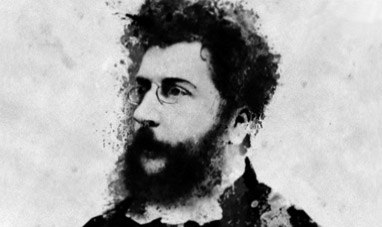

GEORGES BIZET
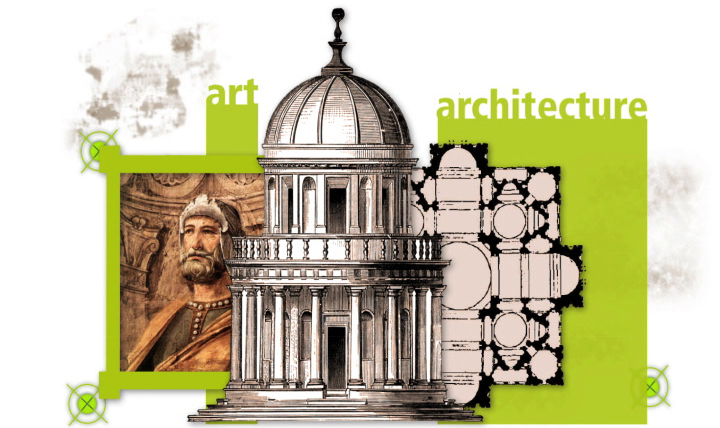

DONATO BRAMANTE
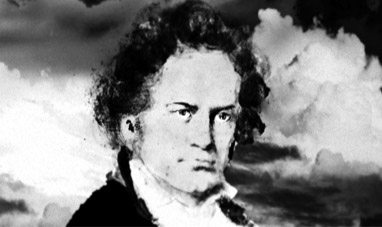

LUDWIG VAN BEETHOVEN
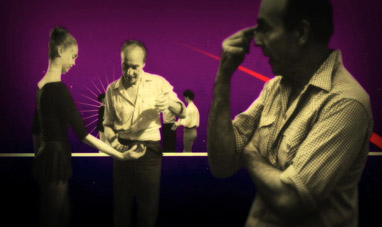

GEORGE BALANCHINE
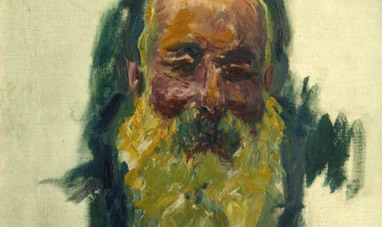

CLAUDE MONET
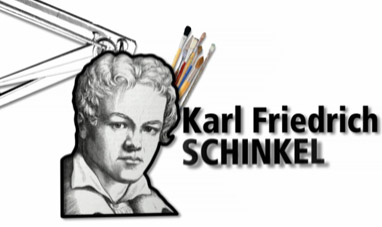

KARL FRIEDRICH SCHINKEL


PAUL CÉZANNE
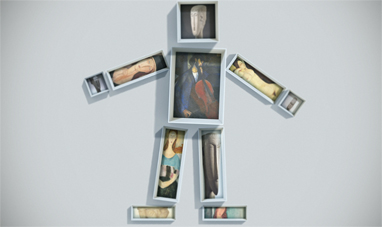

AMEDEO MODIGLIANI
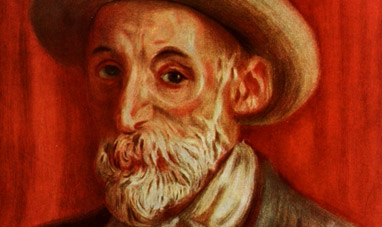

PIERRE AUGUSTE RENOIR
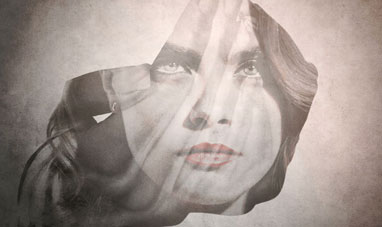

CARA DELEVINGNE
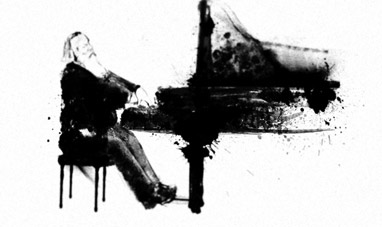

JOHANNES BRAHMS
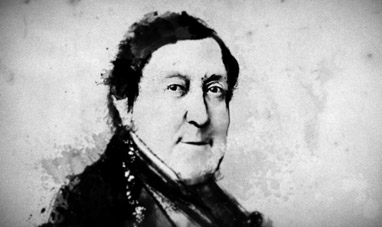

GIOACCHINO ROSSINI
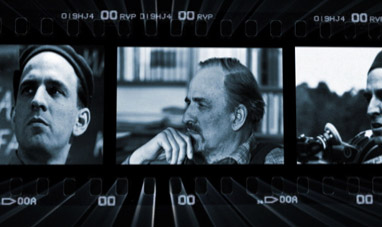

INGMAR BERGMAN
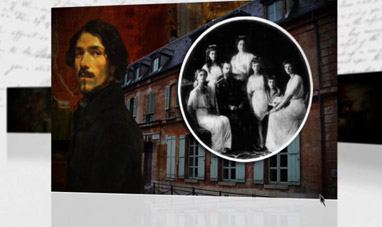

EUGÈNE DELACROIX
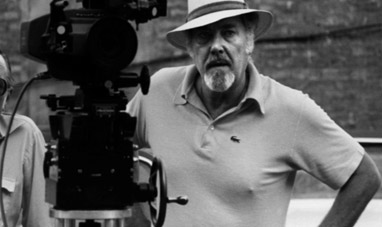

ROBERT ALTMAN
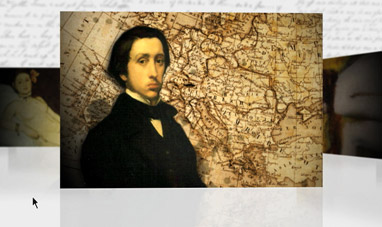

EDGAR DEGAS
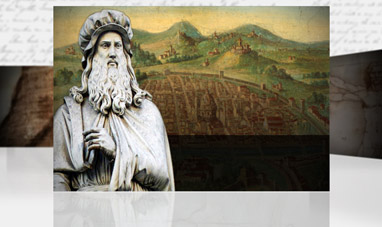

LEONARDO DA VINCI
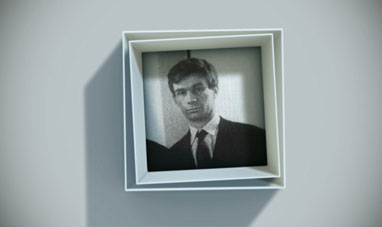

ENRICO CASTELLANI


TITIAN
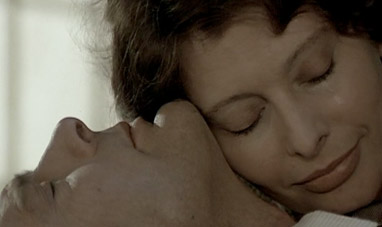

SOPHIA LOREN
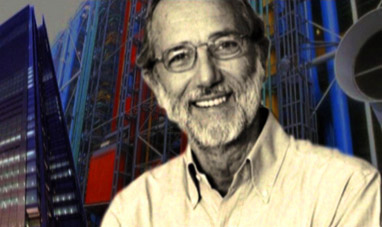

RENZO PIANO


ERNST LUDWIG KIRCHNER
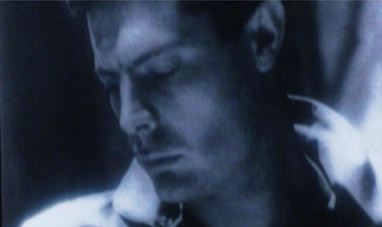

MARCELLO MASTROIANNI
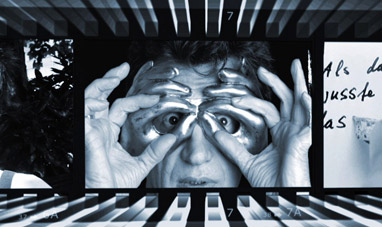

WIM WENDERS
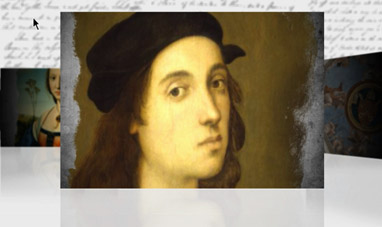

RAPHAEL
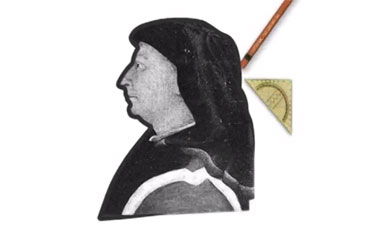

FILIPPO BRUNELLESCHI
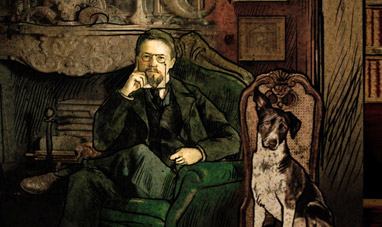

ANTON CHEKHOV
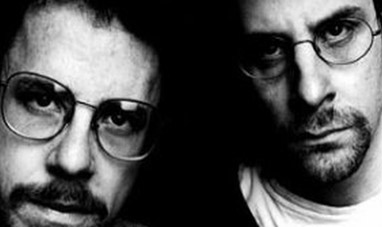

JOEL AND ETHAN COEN


SERGEI RACHMANINOFF
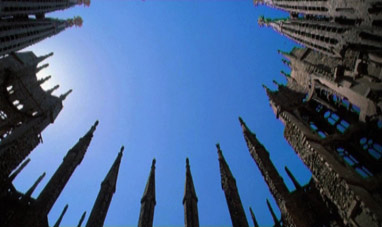

ANTONI GAUDÍ


FRANK GEHRY
